Questions and Answers
Here are the answers to some of the questions Quentin is most often asked ....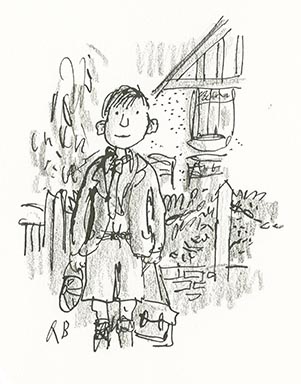
I was born in Sidcup, Kent, although I was evacuated to the West Country during the war, which I hated. I enjoyed secondary school: I went to Chislehurst and Sidcup Grammar School, where I was taught English by a man called JH Walsh, who really inspired me.
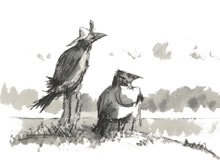
For the last 50 years, I have lived in South Kensington, in a late 19th Century mansion flat near Earl's Court. I came to see friends there all those years ago, liked it and stayed. It has turned out to be extremely convenient. I love the seaside and used to enjoy spending quite a lot of time in Hastings on the South coast.
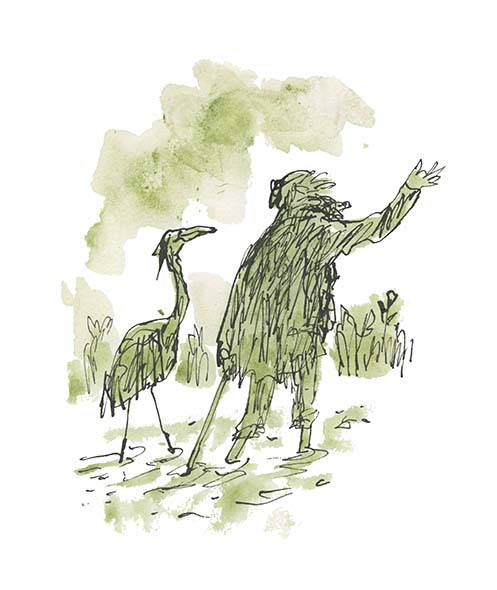
I am never quite sure when work finishes and spare time begins. I used to go and give talks and lectures and that is also work but it makes a change from drawing. In my real spare time I read quite a lot of books, so that there are generally eight or ten beside my bed that I have started but not finished and perhaps will never finish. Some of them will be in French. I read them quite slowly and underline the words I don't know, though I am often too lazy to look up what they mean. I enjoy visiting places where I can see lots of birds. Herons are my favourite.
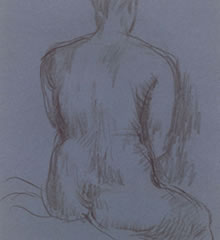
I seem to remember I thought that if I went to art school I would never go to a university (I wanted to read English) whereas if I did go to university I would still have the option of doing art. That was how it worked out anyway. So I studied English at Downing College, Cambridge, from 1953 - 1956.
Then, not knowing whether one could make a living out of being a cartoonist, illustrator or artist of any kind - and the general view seemed to be that you couldn't - I also did a year's teacher training at London University.
Having done that I thought I should try to be an artist of some kind. I went to Chelsea Art School as a part-time student, not exactly to learn to be an illustrator, but to learn more about drawing and painting.

Probably at about the age of 5. I remember a visitor during the war saying "He draws a lot, but he won't speak!". I used to do drawings for the school magazine and also for Punch. I knew someone who drew for Punch and I started submitting drawings. I did get some little ones accepted when I was about sixteen or seventeen. That was a start. They paid me seven guineas each. I didn't know what to do with the cheque; I didn't have a bank account!
Then when I was at Chelsea I got a regular job doing two drawings a week for Punch and I also started drawing for The Spectator. I began doing small drawings for them until they decided that they were going to have an illustrated cover, and I started doing that too.
I suppose the first proper book I ever illustrated was while I was on National Service, before university. I spent three weeks illustrating a booklet - called English Parade - used in teaching those soldiers who hadn't yet mastered reading. There was no alteration to my weekly pay-packet, but I was able to live at home and I was allowed to wear shoes instead of boots.
From time to time I had to show my work to a lieutenant-colonel for his approval. A few moments of silence and then: "Very good, Sergeant Blake. But I think .. the grass in this one ought to be shorter." "Yes sir. I'll see to it, sir." "And I think the creases in these trousers might be sharper." Of course, the problem with making the grass shorter in drawings is that you can't cut it: you have to do the drawing again. But at least it was preparation for encounters with editors and (worse) committees, later on.
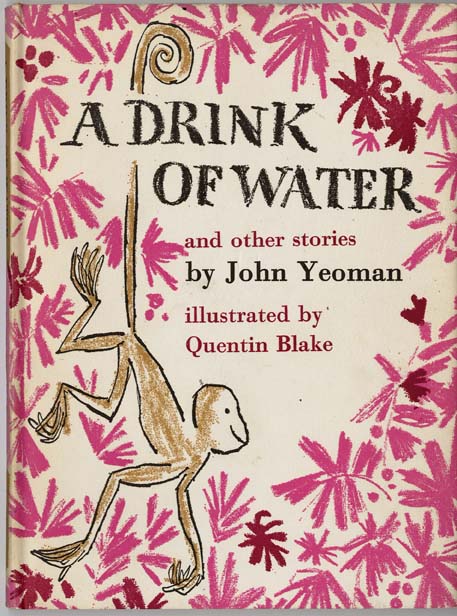
I was interested in education, drawing and English, so it seemed as if illustrating a children's book might be something I could do. I thought: I don't know whether they'll like it or not. I was 20-something so I thought I'll just keep on with it for a bit and see where I've got to by the age of 30, and if it's no good I'll give up and if it's all right I'll go on. By then it had begun to be all right so I kept on.
I didn't really know how to start. I talked to author John Yeoman, who is a friend, and said "Could you write a book so I can illustrate it?" He could and did. It was called A Drink of Water.
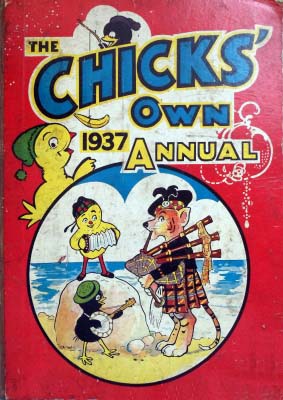
My parents gave me a copy of 'Chicks' Own Annual' when I was four. I still have it and love looking at the drawings from time to time. I wrote about it in the Guardian' Newspaper's article 'A Book to Remember' a few years ago.
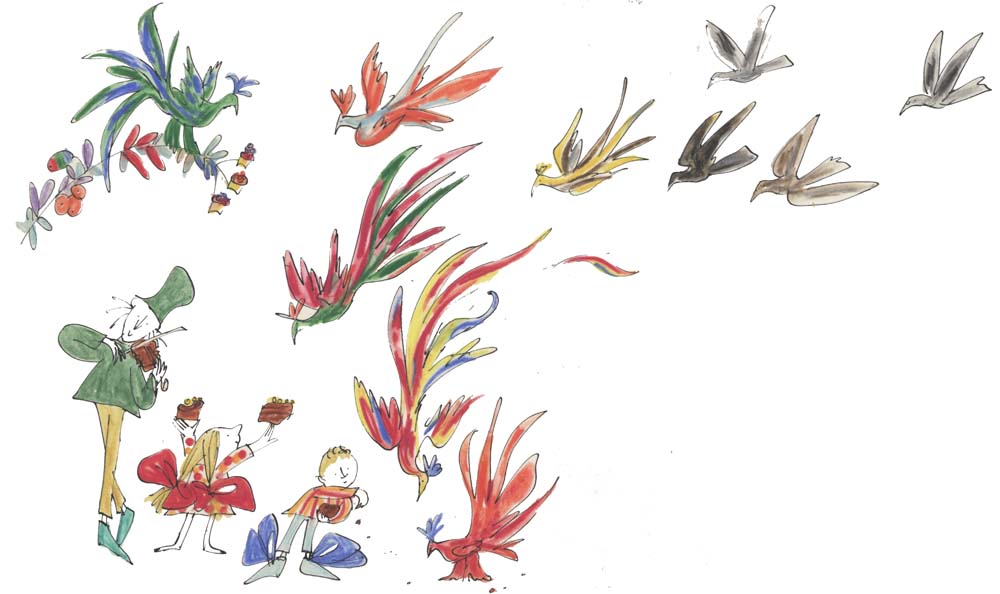
It was in 1968, with Patrick. Really it was a kind of protest because I was seen as a black-and-white illustrator, so I was never asked to do anything in colour. I retaliated by writing this story about a young man who made things change colour when he played the violin. So you see, it had to be illustrated in colour.
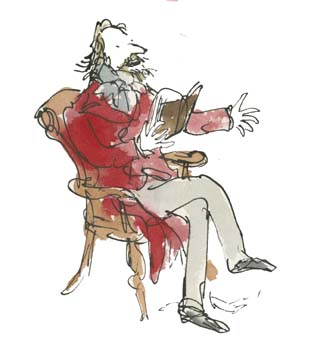
It is impossible to say which is my favourite, because I have read hundreds and possibly thousands of books, both in English and in French. There are some by Charles Dickens, like 'Great Expectations', which I have read more than twice!
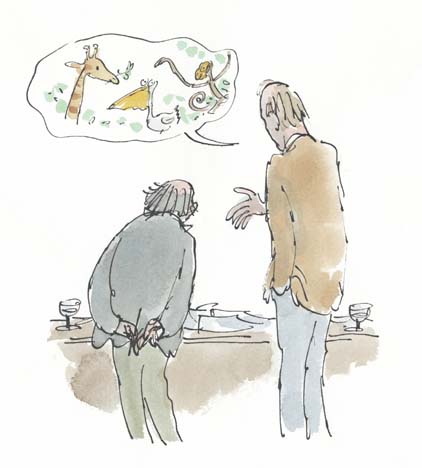
To begin with, I was a bit nervous. He was quite a powerful figure. But we got on very well. He liked winding me up - only in the most harmless way. I often wore these white shoes, and he'd say 'Here's old Quent' - no-one else ever calls me that - 'here's old Quent, he's going out for dinner in his plimsolls!' What was so nice about Roald was that he actually wanted the pictures - he didn't like it if there weren't enough. Not all authors are like that. We worked together for 13 years from 1977, until he died.
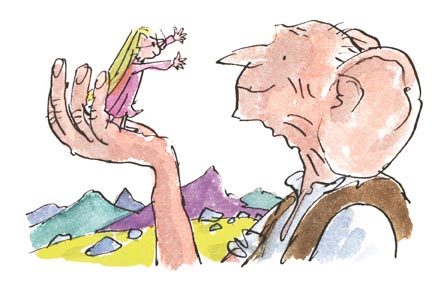
I think my favourite book of Roald Dahl's to illustrate is 'The BFG', because I spent a long time talking to Roald Dahl about it and spent a long time thinking about the drawings; so by the time I finished, I knew the book very well.
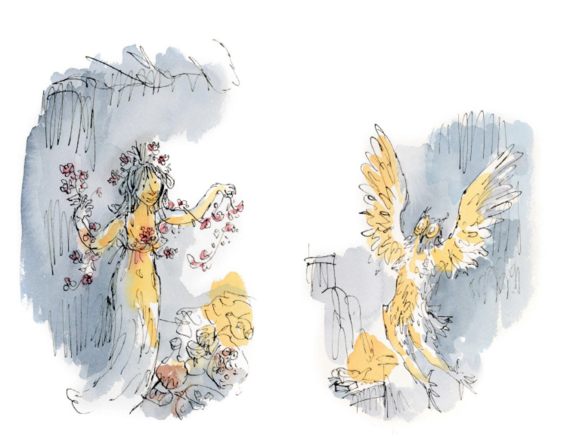
The truth is I don't make much distinction between the drawings that I do for children and the ones I do for grown-ups. To me, it's all just drawing. In fact I didn't start off illustrating children's books. I drew for magazines, I drew jokes, I did drawings for the covers of paperbacks - such as the novels of Malcolm Bradbury, Evelyn Waugh and Margaret Drabble. The most enjoyable books for adults that I do nowadays are illustrations for the classics, and they are mostly published by the Folio Society. The most recent ones are 'The Golden Ass' and 'Riddley Walker'. I've also illustrated Charles Dickens's 'A Christmas Carol', although it would be hard to say if that is for adults or children; it's really for everybody.
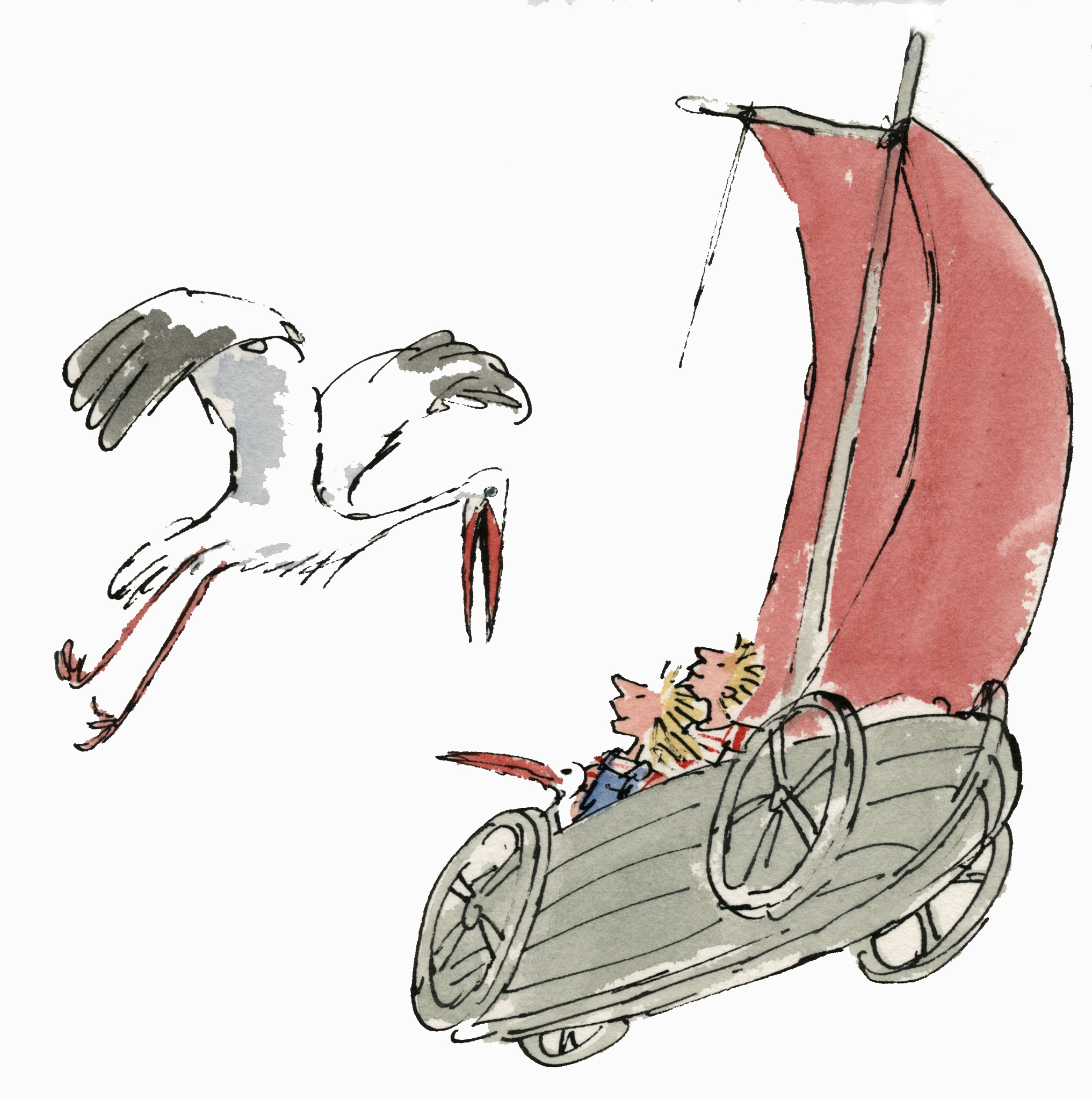
Athough it was hard work, it was marvellous too. For two years (1999-2001) my job was to do everything I could to promote children's literature. I gave lots of talks and interviews and wrote lots of articles. I also had a particularly interesting experience producing a book in collaboration with 1800 French-speaking schoolchildren! A group of teachers based near my house in France had the idea of collaborating with an author-illustrator on a real book to be based on suggestions made by children from schools in the region, and they asked me to do it. The book was to be about humanitarian issues: bullying, racism, pollution, war. Via the internet we involved other French-speaking schools in London, Dublin, Luxembourg, even in Singapore. I used as many of the children's ideas as possible, and much of the text was stitched together from the children's writings. The finished book - Un Bateau dans le Ciel (A Sailing-Boat in the Sky, in English) - is something I am very proud of. And the whole project took just a year from the first meeting to publication - une belle aventure (a wonderful adventure) as one of the teachers put it!
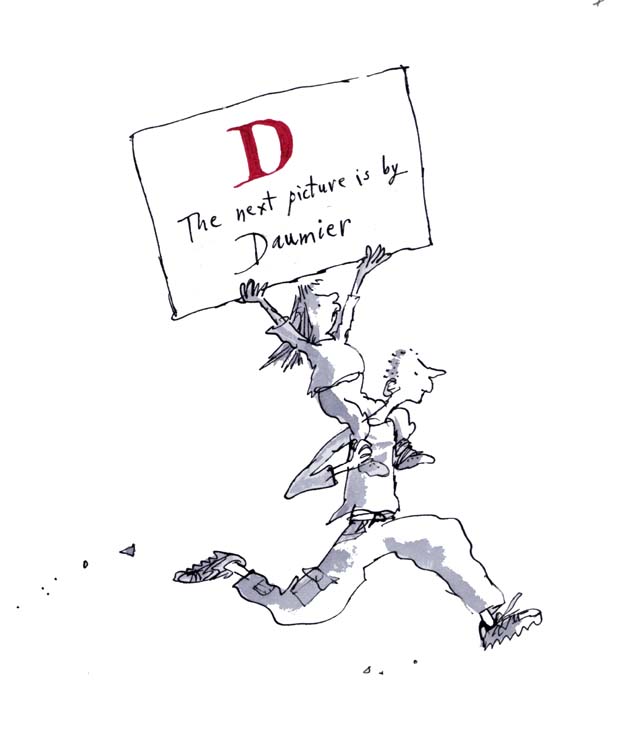
One of the things I have most enjoyed doing was putting together an exhibition for the National Gallery. In Tell me a Picture (2001) I chose 26 pictures, one for each letter of the alphabet: some Old Masters from the gallery collection; some modern works and some present-day illustrations from various countries. In 2005, I found myself engaged on a similar task for the re-opening of the Petit Palais, the Musée des Beaux Arts of the city of Paris. This time the theme was of women as they appeared in the paintings of the reserve collection of the museum, introduced by my series of cherubic angels around the walls. For over ten years, between 2006-2019, I produced a large amount of work for hospitals in the UK and France, which was, during that time, a significant part of my work.